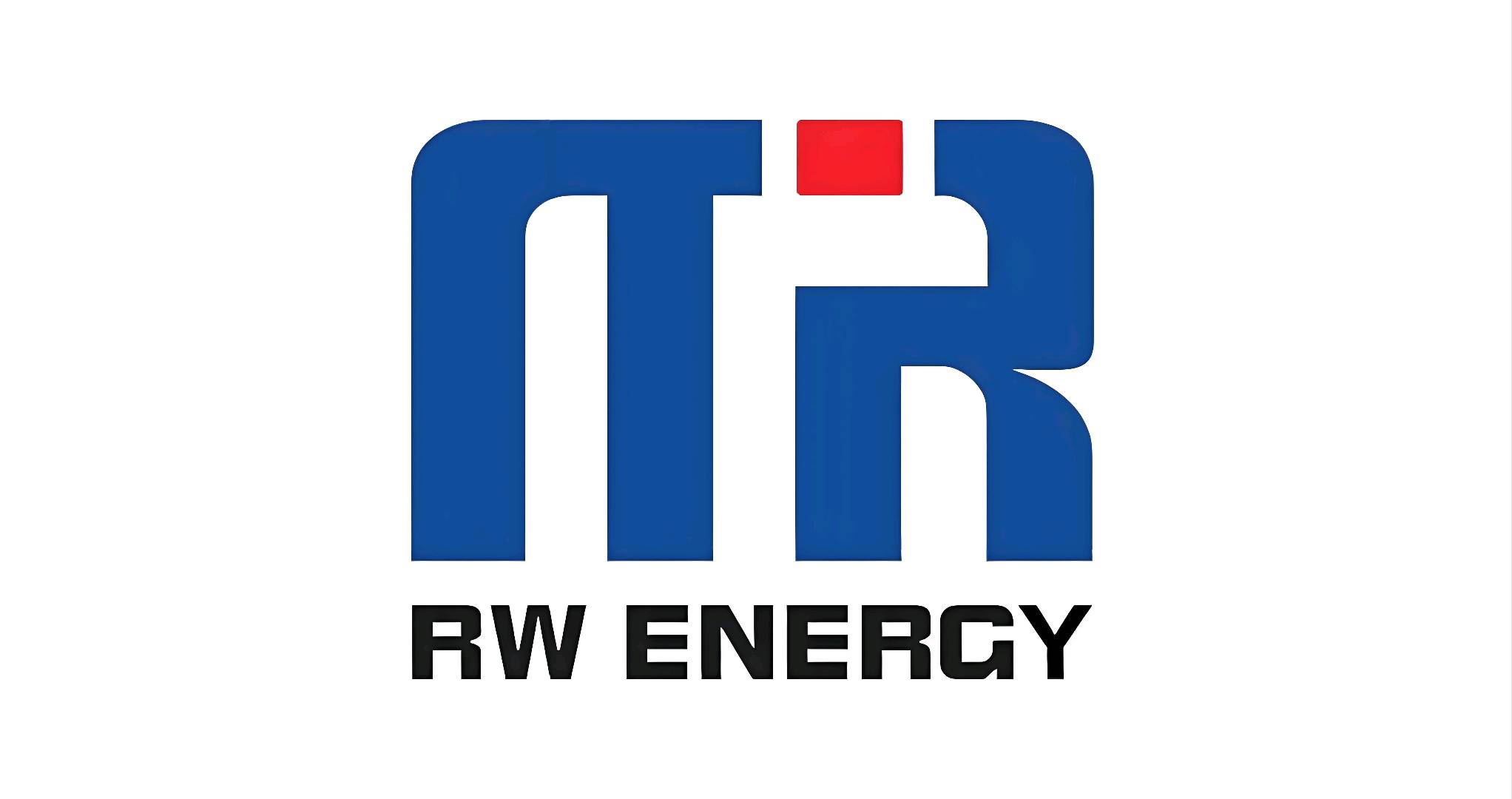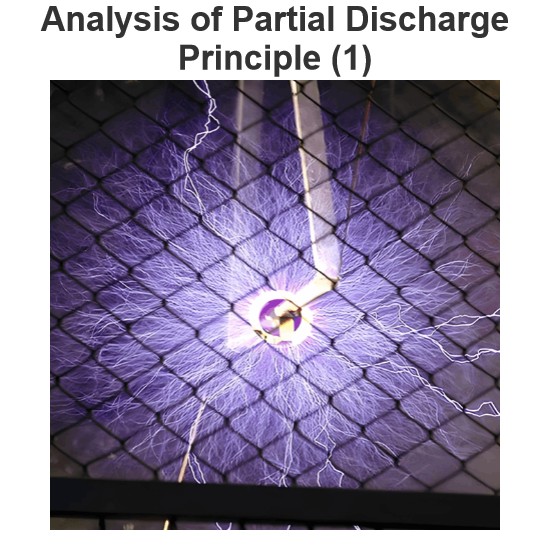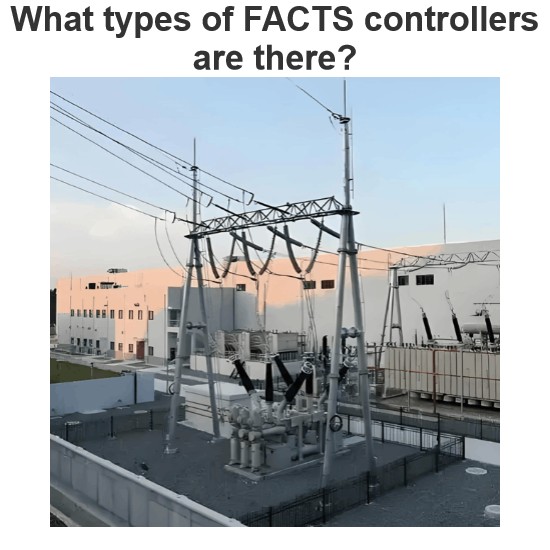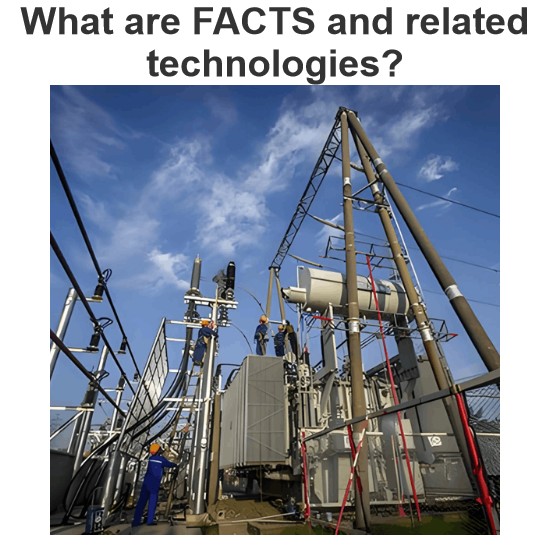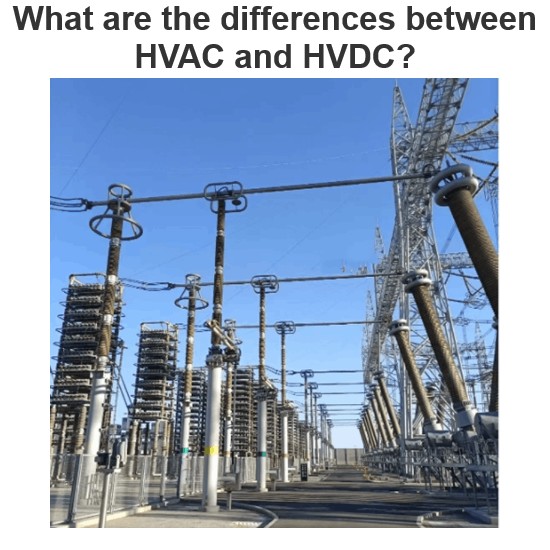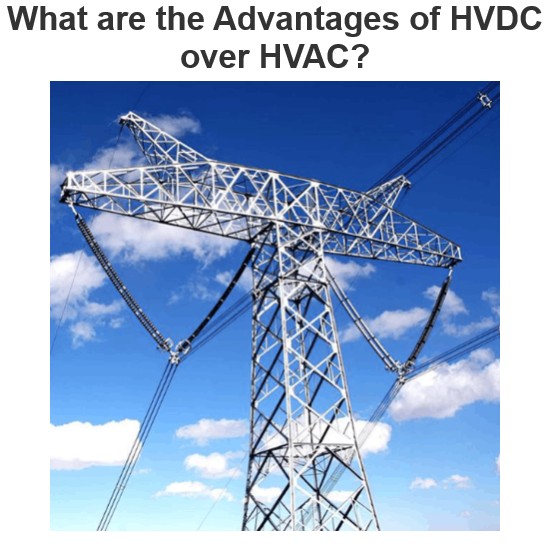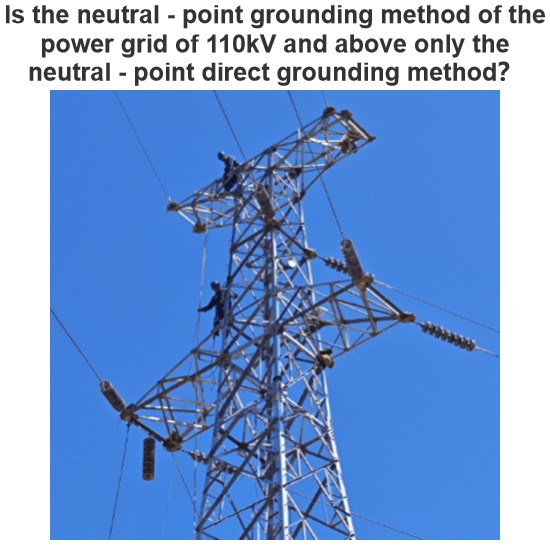| Brand | RW Energy |
| Model NO. | 5.12kWh low-voltage wall-mounted lithium battery |
| Energy storage capacity | 5.12kWh |
| Series | Residential energy storage |
Product Overview:
low-voltage wall-mounted lithium battery, suitable for XD3-6KTL energy storage inverter, used in home photovoltaic system. With an easy-to-install plug-and-play design, it is equipped with cobalt-free lithium iron phosphate cells for maximum safety and life cycle.
Easy to install:Plug-and-play design for easy installation.
Flexible and worry-free:Flexible capacity expansion, up to 15 parallel units.
Safe and reliable:Cobalt-free lithium iron phosphate (LFP) batteries: maximum safety and life cycle.
Easy operation and maintenance:LED display, easy to grasp the battery SOC and operating status.
Category |
Parameter |
Specification |
Battery Type |
LiFePO₄ |
|
Electrical |
Nominal energy |
5120 Wh |
Nominal capacity |
100 Ah |
|
Depth of discharge |
80% |
|
Nominal voltage |
51.2 V |
|
Operating voltage range |
43.2-56.16 Vdc |
|
Nominal charge/discharge current |
50 A |
|
Max charge/discharge current |
100 A |
|
Physical |
Dimensions (W×H×D) |
520×470×141.5 mm |
Weight |
47.2 kg |
|
Installation |
Wall/Floor mounted |
|
Environmental |
Charging temperature |
0-55℃ |
Discharge temperature |
-20℃ to +60℃ |
|
Ingress protection |
IP65 |
|
Relative humidity |
5-95% |
|
Max operating altitude |
2000 m |
|
System |
Parallel units |
Up to 15 units |
Communication |
RS485, CAN |
|
Display |
LED |
|
Cycle life |
6000 cycles @80% DOD, 25℃, 0.5C |
|
Certification |
Standards compliance |
CE, IEC, UN38.3, MSDS |
